This was published 2 years ago
COVID and international travel 2021: What it's like to visit five of the world's greatest attractions right now
By Emma Beaumont
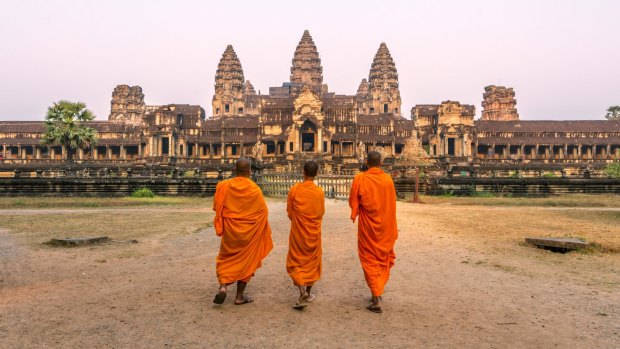
Three buddhist monks have Angkor Wat to themselves at sunrise.Credit: Matteo Colombo/Getty
For both better and worse, visits to the world's greatest attractions now look a little different. Some lucky tourists have had the opportunity to see the sunrise at the Taj Mahal or Machu Picchu with thrillingly few crowds, something that seemed impossible before the world shut down. Yet trips to other landmarks remain impacted by COVID restrictions, with certain experiences shortened and a number of hygiene protocols still to contend with. The question that remains is whether these changes will become embedded or will travel ultimately return to its old ways?
The Taj Mahal, India
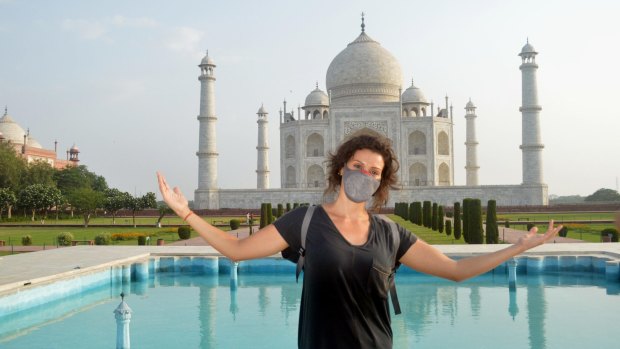
Credit: Getty
India has finally reopened to overseas visitors and its top tourist attraction is back in business. However, you won't necessarily be jostling for space while you try to secure that perfect sunset shot, as tour operators have reported that demand for tickets to the Taj Mahal remains sluggish. Only a few hundred people ventured to the marble mausoleum each day last week, a huge drop from the average of 20,000 daily visitors pre-pandemic.
Unfortunately, the excitement of a crowd-free experience may be tempered by Agra's rocketing pollution levels which, like Delhi, have been particularly dire this month. Last week, one of the building's custodians told AFP that "the pollution was so bad that I couldn't make out the Taj Mahal from 10 metres away."
A number of COVID-related hygiene measures remain in place, including a ban on touching the monument's surface – though really this should always be avoided. Face masks are required and thermal scanners are in use at the gates.
The Statue of Liberty, New York City
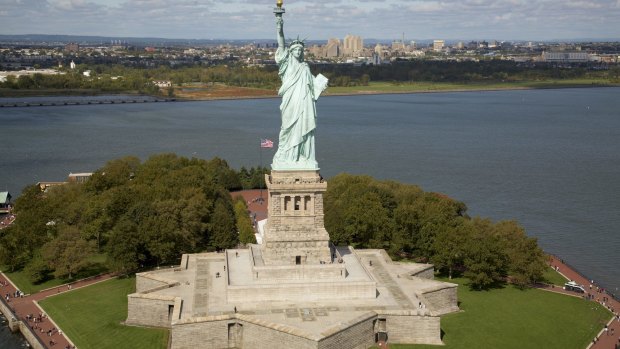
It is still not possible to access the crown section of the Statue of Liberty.Credit: Mike Tauber/Getty
Fully vaccinated travellers were allowed to return to the US earlier this month and holidaymakers will find that New York is largely back to its buzzing self. However, those hopping on the ferry to explore the Statue of Liberty, that ultimate American symbol of freedom, should note that the experience has been rather curtailed. Somewhat surprisingly, visitors are still not granted access to the crown section of the monument, which means missing out on the climb and views over Brooklyn and Lower Manhattan. Tours of the base are possible, but must be booked in advance, while the information centre also remains closed.
Meanwhile, social distancing markers on floors, one way-systems and hand-sanitising stations are all in operation on both the ferry and Liberty Island, with face masks mandatory while inside all buildings.
Angkor Wat, Siem Reap, Cambodia

Credit: Pakawat Thongcharoen/Getty
Before the pandemic struck, Cambodia's most prized attraction was fast becoming a victim of overtourism, with more than 2.2 million tourists trampling through Angkor's temples in 2019, often armed with selfie-sticks and unthinkingly posing on fragile walls. In staggering contrast, the first nine months of this year saw just 6,167 foreign visitors.
A positive of the tourism pause is that it has given the local ecology a chance to recover and allowed more Cambodians to make the pilgrimage to the Khmer complex, though of course it has also been economically devastating.
The country will tentatively embark on a pilot reopening scheme from November 30, when double-vaccinated tourists (who must jump through various testing and health insurance hoops) can visit set locations (initially the resorts of Sihanoukville, Dara Sakor and Koh Rong) where they must remain for a minimum of five days and undergo a test before being allowed to explore other parts of Cambodia. Technically, this means a trip to the Angkor temples would be possible, if preceded by a test-heavy beach break, though the journey would certainly be convoluted. Still, your reward would be a chance to see the temples in relative tranquillity, something that was previously impossible.
For a more straightforward trip, Siem Reap will be added to the list quarantine-free locations come January, and those quick off the mark will still likely find a quiet spot to watch the sunrise at Angkor Wat in the first few months of next year.
Machu Picchu, Peru
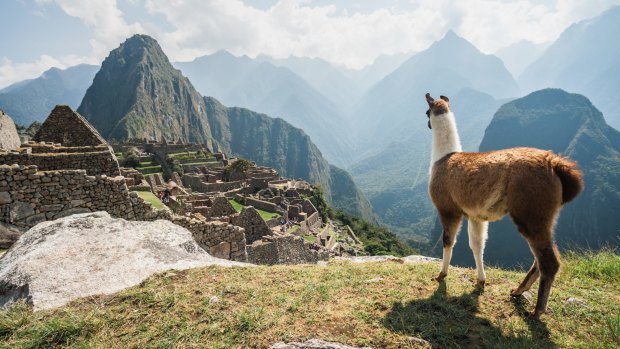
Credit: Oleksandra Korobova/Getty
Peru's ancient Inca citadel has been contending with overcrowding for years and the pandemic-induced limits on visitor numbers have been welcomed by many who hope they'll remain for the long haul. Though the strict capacity limits were recently loosened to 3,400 people a day, this is still almost 1,000 fewer visitors than usual. The number allowed to hike the fabled Inca Trail up to the citadel, where slow-moving queues often dampen the experience, remains 350 a day, compared to the previous 500. The downside, of course, is that with fewer tickets up for grabs competition has increased and they have already sold out until the end of the year.
Other measures have also been introduced. To ease congestion, tour group sizes are now limited to 10 people, including a guide, and tickets must now be bought for specific time slots. If you miss your assigned time, you will be denied entry, which has reportedly led to a slew of tardy travellers in floods of tears outside the site.
The new rules should mean a less harassed experience on the ground and lead to a more responsible way of experiencing the ruins. However, with construction recently starting on a new international airport to ferry visitors to the archaeological site, hopes of a move to more sustainable tourism may have been misplaced.
The Colosseum, Rome
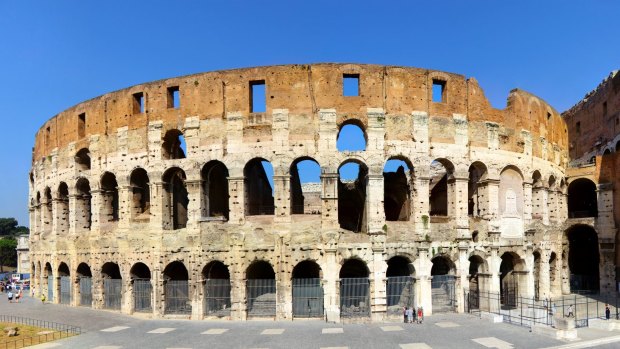
Badly-behaved tourists will be slapped with an 800-euro fine.Credit: NickolayV/Getty
For those looking to avoid the crowds, winter has long been the best time to visit the Colosseum, though even in the height of summer this year numbers were down from an average of 25,000 per day, pre-COVID, to around 7,000.
With some key markets still not travelling, those off for a jaunt to Rome in the next few weeks should find the queues mercifully short, though there is the increased hassle of having to show proof of vaccination, or evidence of a recent negative test or recovery from COVID. Still, apart from mandatory masks, a visit to the Italian capital's top landmark should feel relatively normal. And crucially, visits on the first Sunday of every month are still free. Just don't be tempted to behave like the two American tourists who last week were slapped with an 800-euro fine for breaking into the Colosseum after dark to drink a couple of beers.
The Telegraph, London
See also: Don't get caught out: Six things you need to remember about travelling
See also: Thailand is open to Australians, but good luck clearing the entry rules
Sign up for the Traveller newsletter
The latest travel news, tips and inspiration delivered to your inbox. Sign up now.